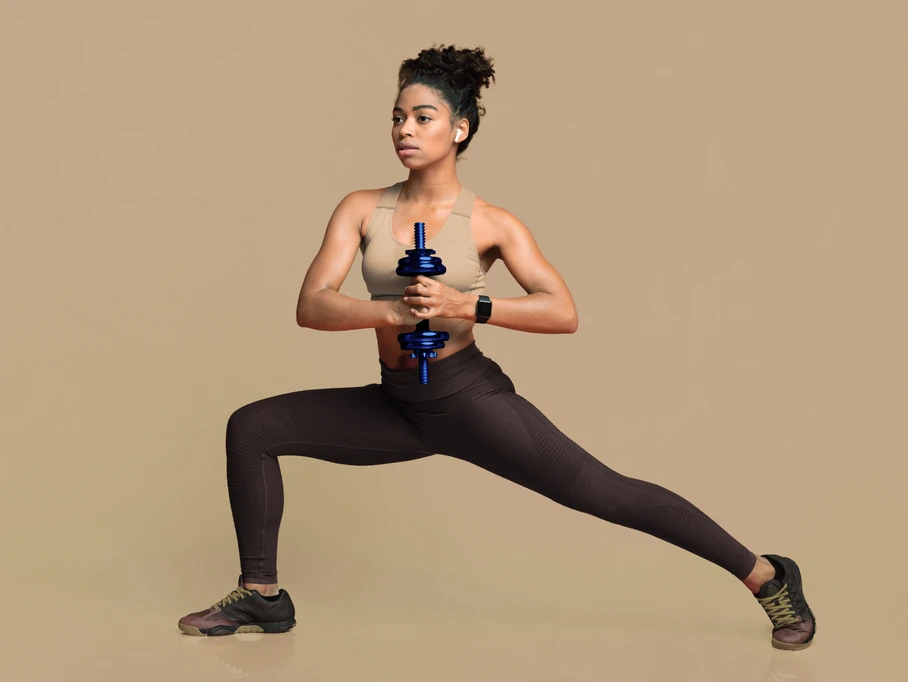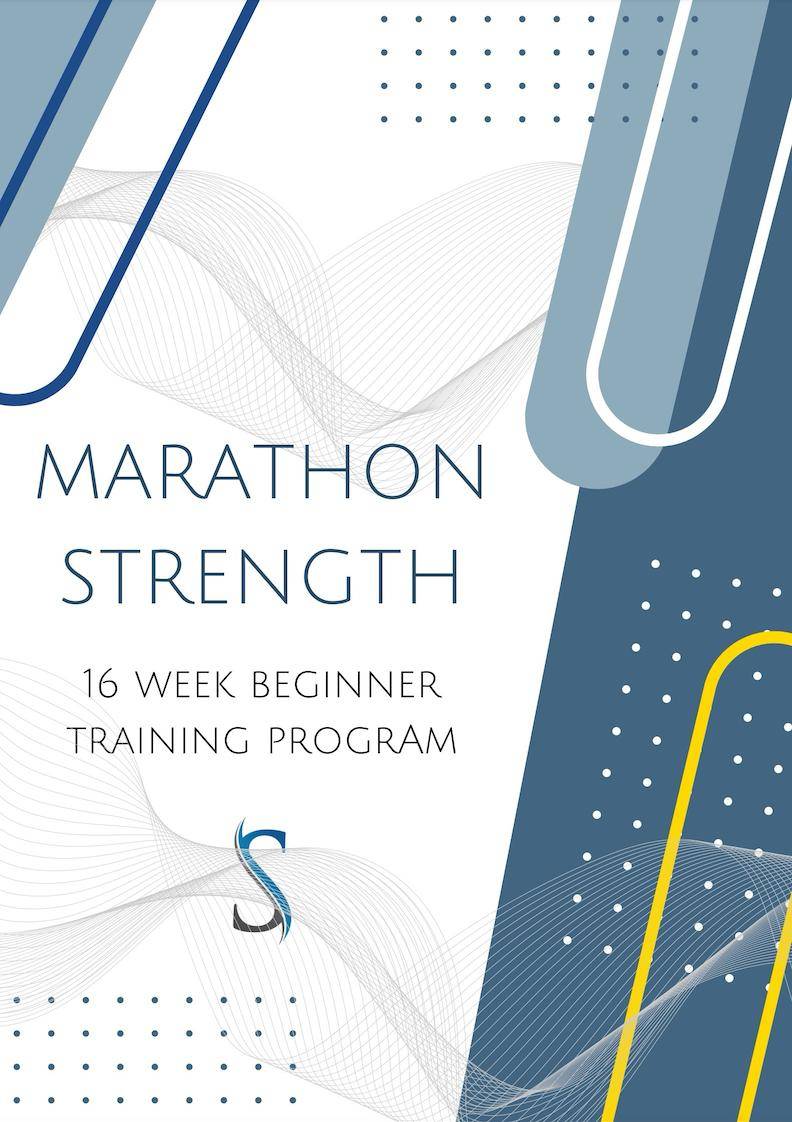
Four Things You Can Do to Prevent a Sports Injury
I have been a swim coach for nearly 20 years. Before I started coaching swimming, I was a pretty high level competitive swimmer. I have been a physical therapist for just about 10 years. I work predominately with high school aged athletes (as a coach and PT), though I also see adults of all ages and younger kids. I work with athletes. Those that complete at a very high level, those that are just getting into new sports, and those that are hoping to stay active as they age.
That is to say, I see A LOT of sports related aches and pains. Swimmers shoulder, hip or knee pain in runners, mid and low back pain in a whole variety of people, neck pain and headaches, foot, ankle and elbow pain – you get the picture. Many of these issues are related to high repetition movements and almost all of them could be prevented with appropriate strength training or tweaks in technique. But NONE of them will resolve with rest. Sure the pain might ease with some time off, but almost undoubtedly it will come back as the athlete gets back to their sport. Being active can come with aches and pains. But playing sports (being active) DOES NOT have to be associated with injury.
So. What’s the best treatment for a sports related injury? Prevent it in the first place! Whether you’re trying out a new sport, or have had a history of some ongoing issues in the past with a sport you’d like to continue with, get in front of issues before they get to be a big problem.
Read below for what you can do to prevent a sports injury.
1. Get a functional movement screen done before you start
Check in with your physical therapist and tell them about your goals. You want to run a marathon? Swim the channel? Do a through-hike? Finish your first IronMan? You want a good PT on your team. They’ll get a baseline of your range of motion, strength, flexibility and general sport-specific movement patterns and give you things you can do to optimize your performance.
2. Get strong
Regardless of what the activity is that you’re about to start, you want to be sure your body is ready to withstand the forces you’re going to put it through. The stronger the muscles are that cross your joints, the less likely you are to experience wear and tear. Strong single leg lateral hip strength is associated with improved running mechanics and jumping ability. Good shoulder and core stability is essential for swimming.
3. Build in appropriate recovery
There is increasing evidence that focusing on recovery is increasingly important to athletes in a bid to reduce fatigue and enhance performance. Gone are the days of grinding out miles and yards just for the sake of doing so. Some of the more common recovery techniques utilized by athletes include getting appropriate sleep, active recovery with a focus on technique, stretching after workouts, and taking care to get the hydration and nutrition your body needs to adequately heal between and prepare for your next bout of training or competition.
4. Listen to your body
Don’t push through pain – and know the difference between pain and soreness. Exercise related soreness is not a bad thing – it means you’re getting stronger! But if you’re having pain that is specific to a spot that you can put a finger on (or is only in one shoulder or hip, for example) and that lasts for more than the expected 48 hours after your workout, it’s worth it to get it looked at before it becomes a bigger issue.
Do you have goals, but you’re not quite sure where to start? Find a community – run clubs, swim clubs group work out classes or bootcamps. There are ample resources available, all you have to do is dive in!


